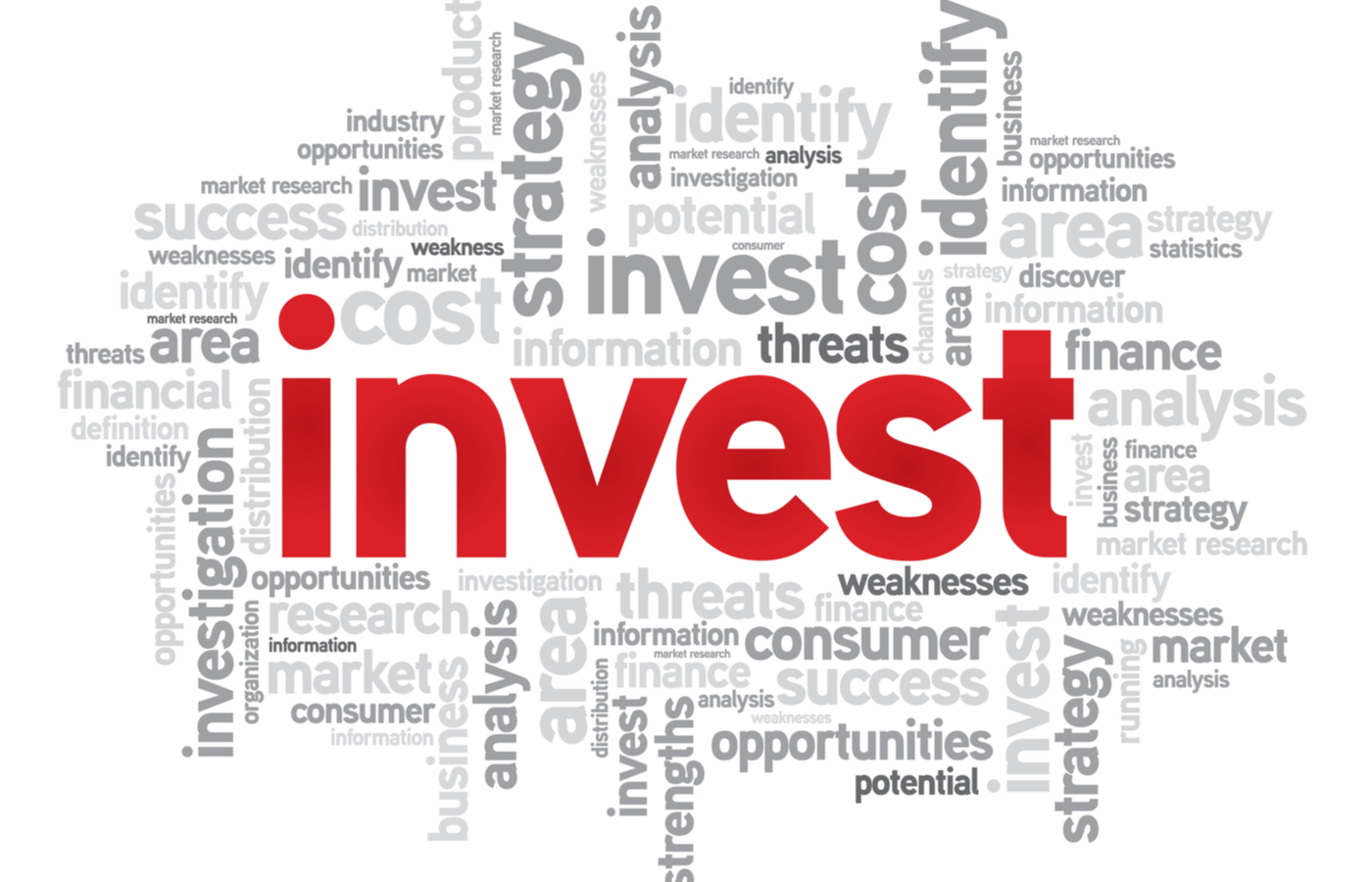Seven tips for choosing what shares to buy
Choosing which shares to buy is a personal preference, and you will find a plethora of opinions across the internet.
In saying that, we have outlined seven tips to consider when choosing what shares to buy:
1. Figure out your risk appetite
It is critical to consider is your investment timeframe.
This will come down to your goals, when you require the money and the purpose for your investment.
Some investments are high risk if you are looking to invest for the short term.
Eg if you invested in property for 6-12 months, the transaction costs would kill you, and if something was to happen to property markets, you would not have an opportunity to recover any losses.
Your risk tolerance is a combination of your risk you are willing to take for the reward
The risk-return trade-off states that the potential return rises with an increase in risk. Using this principle, individuals associate low levels of uncertainty with low potential returns, and high levels of uncertainty or risk with high potential returns.
Some may be not happy with their 0.2% interest they are receiving in the bank. However, the government has guaranteed this money, so it is considered safe.
Whereas, investing in property & shares may offer a potentially better return, however these investments are not without risks.
2. Understand the economic environment
Understanding the investment environment is essential before choosing shares.
Familiarise yourself with the current economic climate and start researching how different economic conditions impact different types of investments.
For example; In the current economic climate, how is the company you considering dealing with the covid restrictions, are they having supply issues which are increasing costs and delaying products, are they finding it difficult to attract staff in the current employment environment, how will rising inflation affect the business, what affect will rising interest rates have on the business - do they hold large amounts of debt - what are the terms? when is the debt up for refinance?
Depending on what you invest in, your shareholdings could be affected by movements in other securities like bonds, currencies and commodities, as well as offshore markets, short term interest rates, and changes to government legislation.
If you are just starting out with shares, it might be wise to stick to larger companies that you are familiar with.
3. Focus on what you already know
Try and invest in what you know and feel comfortable with.
Do you personally use the company?
Do you understand how the company makes money?
Are they considered top of their sector or industry?
Concentrate on business models that are easy to understand and do some research on what kind of things might affect them.
4. Focus on growing industry, experienced team, and the valuation
Try to find a company that is taking market share in a growing industry.
It is always easier when you have tailwinds from industry growth behind you.
Make sure the company you are buying has a solid, experienced management team at the helm with plenty of skin in the game (own shares in the company).
You can sleep a lot easier at night if your money is invested alongside an experienced team.
Only invest if you have a grasp of the valuation of the business. Plenty of money has been torn up over the years by people investing into a business that they have no idea how to value.
If you are facing a falling share price, it is a lot easier to hold your nerve and your stock if you can say this stock is worth $X and I have done the research & work to prove it.
5. Look at ratios
Ratios can support you in assessing the value of the company, and compare different companies and sectors.
Generally analysis of financial ratios serves two main purposes:
a/ Track company performance
Determining individual financial ratios per period and tracking the change in their values over time is done to spot trends that may be developing in a company. For example, an increasing debt-to-asset ratio may indicate that a company is overburdened with debt and may eventually be facing default risk.
b/ Make comparative judgments regarding company performance
Comparing financial ratios with that of major competitors is done to identify whether a company is performing better or worse than the industry average. For example, comparing the return on assets between companies helps an analyst or investor to determine which company is making the most efficient use of its assets.
Here are some common ratios investors should consider:
Price to Earnings (P/E) - reflects the earnings potential of a company in the eyes of the investors.
A P/E ratio can be thought of as how long a stock will take to pay back your investment if there is no change in the business. A stock trading at $20 per share with earnings of $2 per share has a P/E ratio of 10, which is sometimes seen as meaning that you'll make your money back in 10 years if nothing changes.
The P/E ratio is calculated as follows:
Price to earnings = Market value per share / earnings per share
Debt Ratios or leverage ratios - measure the amount of capital that comes from debt. In other words, leverage financial ratios are used to evaluate a company’s debt levels. Common leverage ratios include the following:
The debt ratio measures the relative amount of a company’s assets that are provided from debt:
Debt ratio = Total liabilities / Total assets
The debt to equity ratio calculates the weight of total debt and financial liabilities against shareholders’ equity:
Debt to equity ratio = Total liabilities / Shareholder’s equity
The interest cover ratio shows how easily a company can pay its interest expenses:
Interest coverage ratio = Operating income / Interest expenses
Liquidity Ratios - are financial ratios that measure a company’s ability to repay both short- and long-term obligations.
This is critical for most investors to ensure you understand the debt and liquidity of the business.
The current ratio measures a company’s ability to pay off short-term liabilities with current assets:
Current ratio = Current assets / Current liabilities
The cash ratio measures a company’s ability to pay off short-term liabilities with cash and cash equivalents:
Cash ratio = Cash and Cash equivalents / Current Liabilities
The operating cashflow ratio is a measure of the number of times a company can pay off current liabilities with the cash generated in a given period:
Operating cash flow ratio = Operating cash flow / Current liabilities
There are differing benchmarks for different industries, so it is difficult to hold a fast and hard rule for each underlying ratio when assessing the business.
6. Read company reports, announcements, news, and broker research
Companies issue annual reports and financial statements detailing their activities throughout the year. These can be incredibly useful sources of information when you are considering whether to buy shares or not.
Remember, it is important to keep up with current market events and reassess your investments regularly.
7. Don’t RUSH
If you are not sure what shares to buy, don’t rush into anything.
Take your time and keep learning about the market.
You can use watchlists (with most online brokers) to keep an eye on stocks you are interested in.
When the right opportunity arises, you will be ready.
Alternatively, seek advice from your Newcastle & Lake Macquarie Financial Planning Advisors.
They build investment strategies and construct investment portfolios everyday for their clients.





